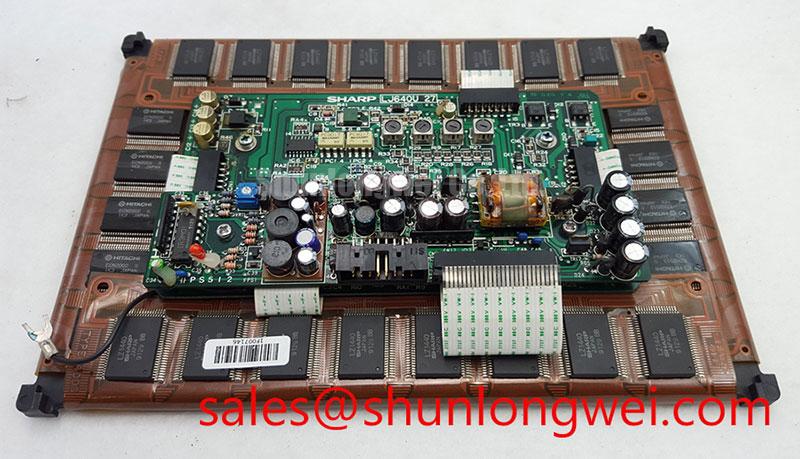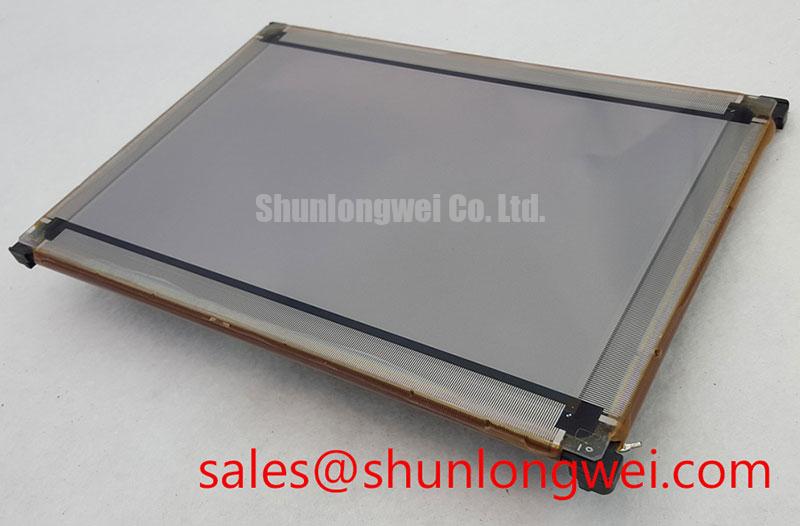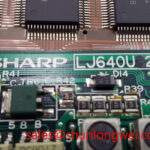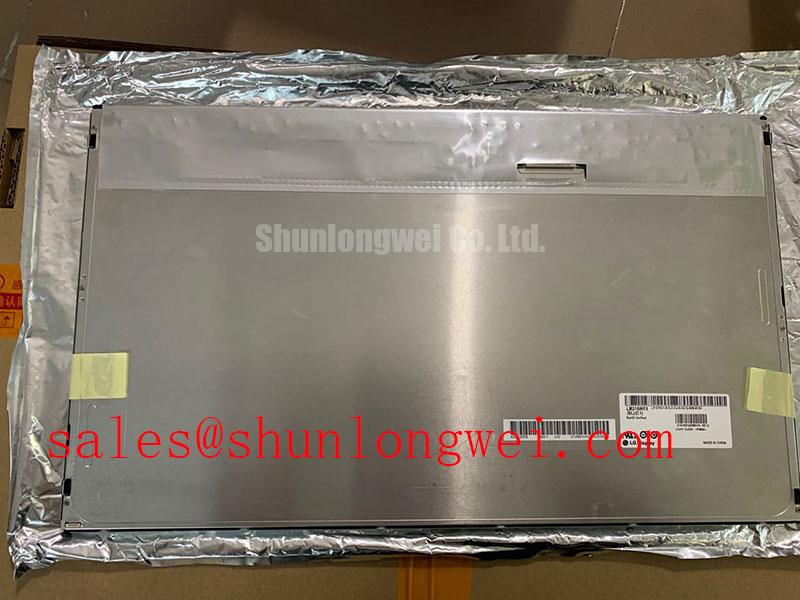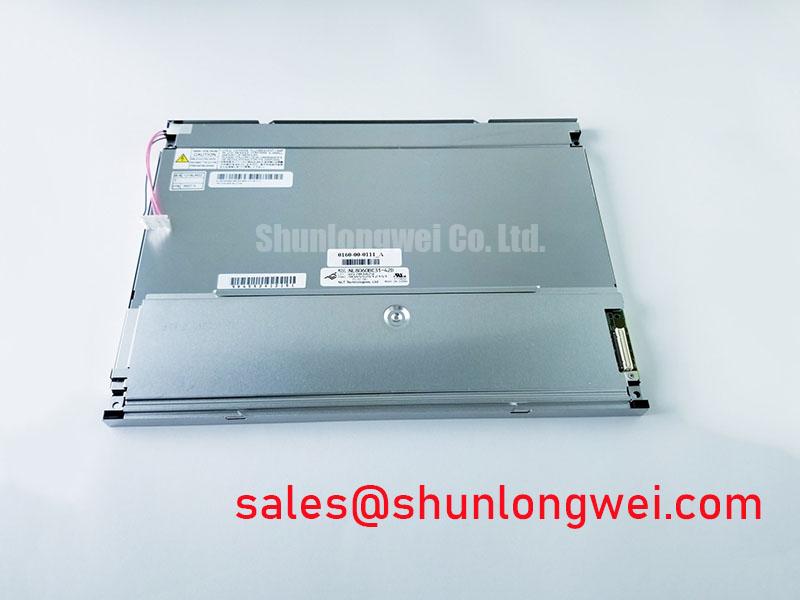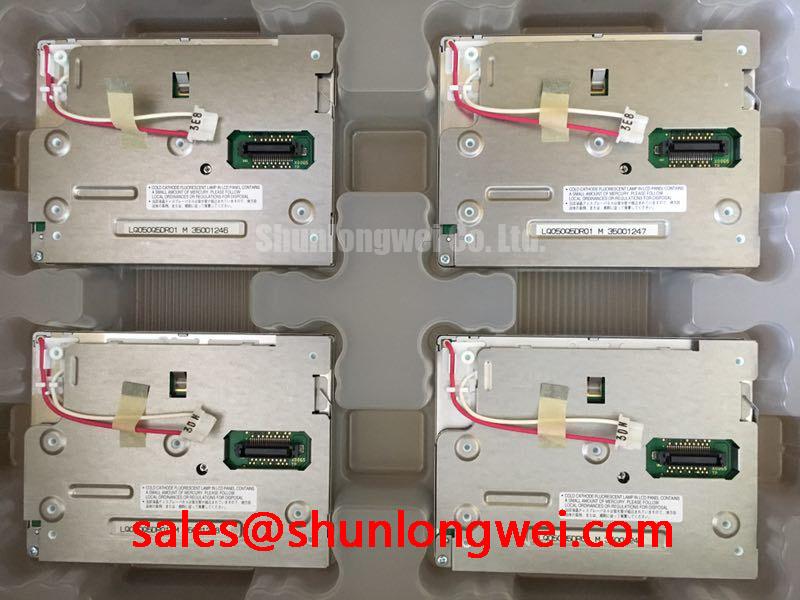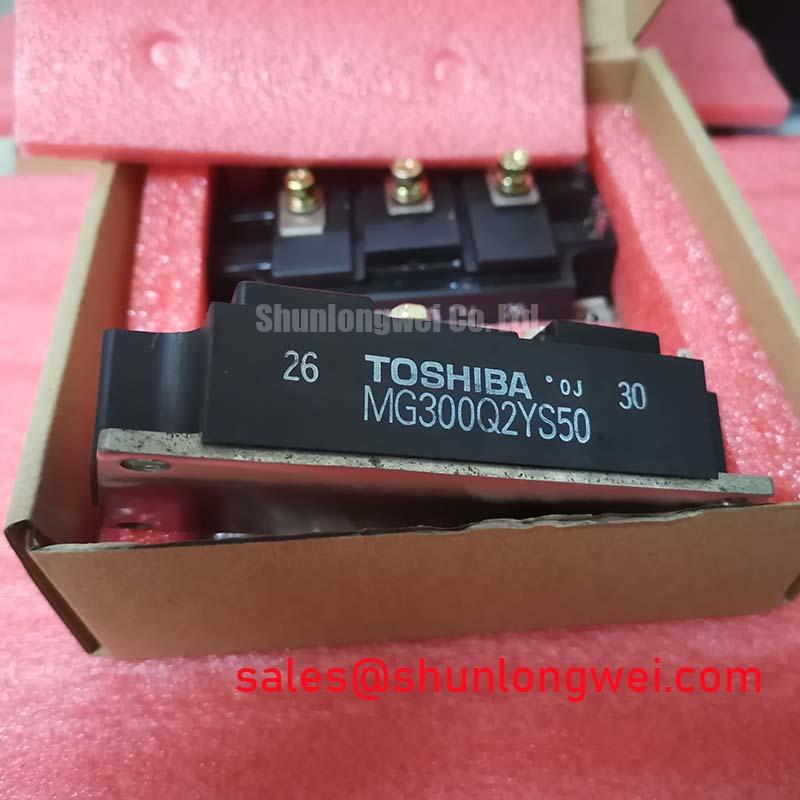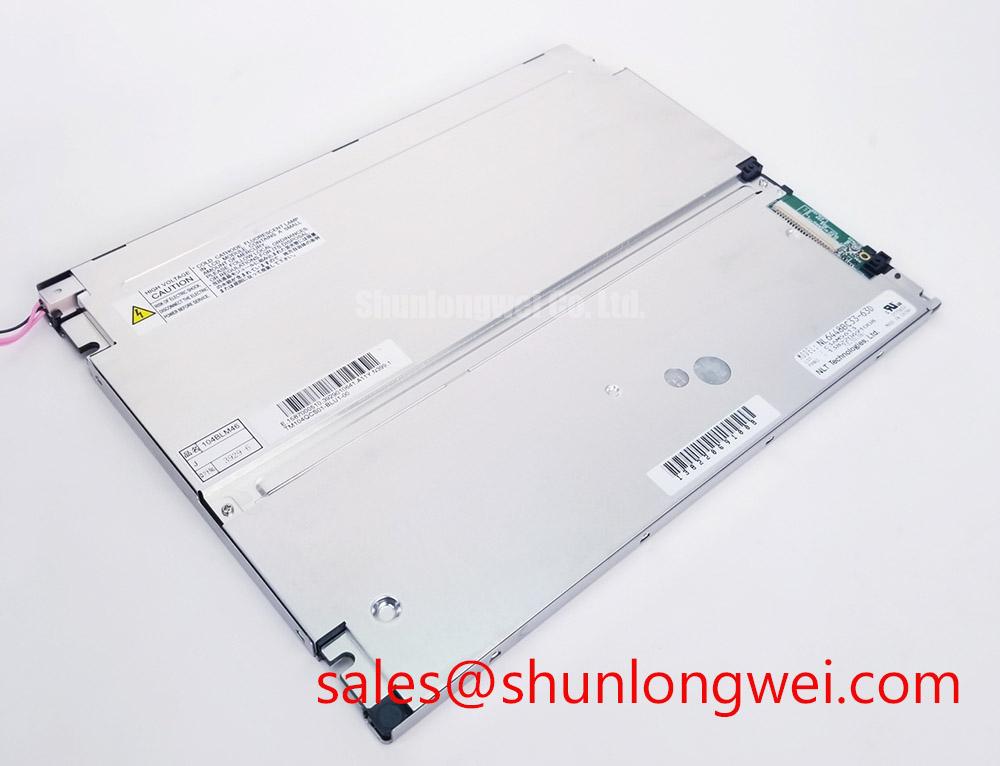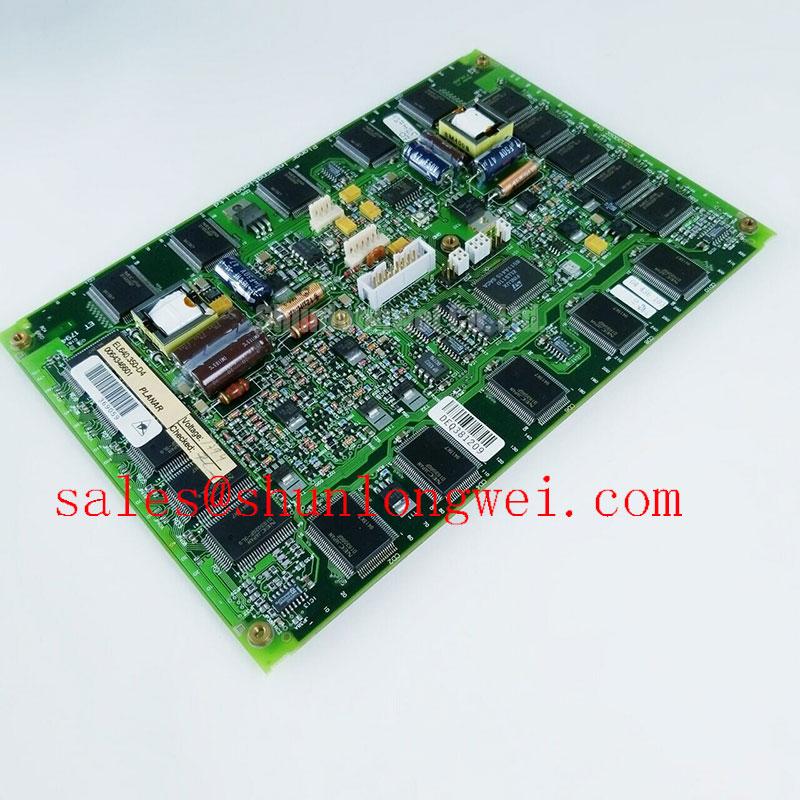Sharp LJ640U27 EL Display: Datasheet & Specs for Industrial HMIs
Technical Overview of the Sharp LJ640U27 EL Display Unit
The Sharp LJ640U27 is an electroluminescent (EL) display unit engineered for exceptional operational integrity in demanding industrial environments. Its solid-state design delivers superior resilience against mechanical stress and thermal extremes. Key specifications include a 640x400 VGA resolution, a typical luminance of 50 cd/m², and a high-contrast, self-illuminating viewing experience. This construction provides high shock and vibration tolerance and simplifies system design by eliminating the need for a separate backlight and inverter. The fundamental benefit of its EL technology is intrinsic durability, making it a stalwart choice for systems where long-term reliability is a primary design criterion.
Strategic Value in Legacy and High-Stress Systems
In an era of rapid technological turnover, components that offer sustained performance and stability are invaluable for long-lifecycle equipment. The Sharp LJ640U27 EL Display Unit represents a cornerstone for such systems. Its inherent ruggedness makes it a strategic asset for maintaining and upgrading industrial control panels, medical diagnostic equipment, and specialized instrumentation where recertification of newer technologies would be prohibitive in terms of cost and time. The display's architecture ensures that it continues to deliver clear, readable information in conditions where conventional displays might falter due to vibration, shock, or temperature swings, thereby protecting the operational continuity of critical infrastructure.
Engineering Inquiries on the LJ640U27
- What makes the LJ640U27 inherently resistant to shock and vibration?
The LJ640U27 utilizes electroluminescent technology, a solid-state process where a phosphor layer emits light directly when an electric field is applied. Unlike LCDs, it contains no liquid crystal material and requires no fragile backlight tubes or LED arrays. This monolithic structure is inherently robust, validated by its 50G shock survivability rating, which is significantly higher than many standard industrial displays. - How does the absence of a backlight benefit system design?
Eliminating the backlight and its associated high-voltage inverter power supply yields multiple engineering advantages. It reduces the overall component count, which directly improves the system's Mean Time Between Failures (MTBF). It also lowers power consumption and heat generation, simplifying thermal management within the enclosure. Furthermore, it contributes to the display's slim profile, enabling more compact HMI designs. For a deeper understanding of modern backlighting, explore our guide on the energy efficiency of LED backlights. - Can this display be used in environments with fluctuating temperatures?
Yes, the unit is specified for an operating temperature range of -5°C to +55°C. The solid-state physics of EL technology provide a more stable and predictable performance across temperature gradients compared to liquid-crystal-based displays, whose response times can be adversely affected by cold temperatures. - What is the typical lifespan of an EL display like the LJ640U27?
The lifespan of an EL display is typically defined by its luminance half-life, which is the operational time until the panel's brightness decreases to 50% of its initial value. While specific hours depend on usage patterns and environmental factors, EL technology is known for its long-term, gradual degradation profile rather than the catastrophic failure modes often seen in backlight components.
Deployment Scenarios Demanding Unfailing Readability
The Sharp LJ640U27's design attributes make it particularly well-suited for applications where data must be presented without fail, regardless of the harshness of the operating conditions. Its proven resilience is essential in sectors such as industrial automation, process control systems, and transportation. In factory floor HMIs, for instance, the display's resistance to mechanical shock from heavy machinery ensures continuous operation. Similarly, in portable test and measurement equipment, its lightweight and durable nature provides reliability for field engineers. For industrial HMIs where vibration exceeds 5G and operational uptime is critical, the LJ640U27's 50G shock rating offers a superior reliability metric. Other systems where this level of durability is critical include the G057VN01 V2, a display also designed for robust industrial use.
Core Specifications for System Integration
Engineers evaluating the Sharp LJ640U27 for system integration should focus on these pivotal parameters drawn directly from the official datasheet. This data provides a foundational understanding of the module's electrical and mechanical requirements.
| Parameter | Specification |
|---|---|
| Display Technology | Electroluminescent (EL) |
| Resolution | 640 x 400 Pixels |
| Active Display Area | 191.9 mm (W) x 119.9 mm (H) |
| Typical Luminance | 50 cd/m² |
| Operating Temperature Range | -5°C to +55°C |
| Shock Resistance | 50 G (500 m/s²) |
Field-Proven Performance in Industrial Automation
A notable deployment of the LJ640U27 and similar EL displays is in legacy CNC machines and programmable logic controllers (PLCs) that form the backbone of many manufacturing facilities. In these environments, the display unit is subjected to constant low-frequency vibration and occasional high-impact shocks. The unit's ability to provide a stable, flicker-free image is crucial for operators monitoring machine cycles or diagnosing faults. The high contrast and crisp text rendering of EL technology ensure that critical alerts and data are immediately legible, which is a key factor in maintaining both productivity and operator safety on the factory floor.
The Engineering Behind EL's Inherent Durability
The remarkable resilience of the Sharp LJ640U27 stems directly from the fundamental physics of its construction. An EL display is essentially a capacitor where a layer of phosphor is sandwiched between two conductive electrodes. One of these electrodes is transparent, allowing light to escape when a voltage is applied across them. This entire assembly is a thin-film, solid-state stack, which can be compared to the layers of a semiconductor chip in its robustness.
This structure's durability can be understood through an analogy: it behaves less like a delicate glass bulb and more like a fortified laminate. There are no moving parts, no liquids to freeze or leak, and no gases to lose pressure. This eliminates many common failure points found in other display technologies. The shock resistance is therefore not an added feature but a direct consequence of its core design, providing engineers with a display solution that is built from the ground up for mechanical stability. To learn more about the core principles of various displays, see our guide to TFT-LCD technology.
Data-Informed Selection: LJ640U27 Attributes
When making a component selection, a direct comparison of key performance indicators based on official documentation is essential for an informed engineering decision. The following provides factual data points for evaluation. It is not a recommendation but rather a presentation of technical specifications to support your system design and component validation process.
Key Differentiators of the LJ640U27:
- Technology: Its self-emissive EL technology contrasts with backlit TFT-LCDs by offering superior viewing angles in the horizontal axis and inherent immunity to backlight failure modes.
- Mechanical Resilience: The specified 50G shock rating provides a quantitative measure of its ability to withstand mechanical stress, a critical parameter for mobile or vibration-prone applications.
- Design Simplicity: The integrated nature of the display, with no need for an external inverter, can lead to a more streamlined design process and a simplified supply chain.
For systems that require color capabilities or higher brightness, alternative technologies such as those found in the KCG057QV1DB-G000 may be considered, though this involves a different set of trade-offs regarding environmental resilience.
Future-Proofing Through Proven Technology
Integrating a component like the Sharp LJ640U27 is a strategic decision that prioritizes long-term operational stability over chasing the latest display trends. For critical systems with lifecycles measured in decades, not years, relying on technology with a proven track record of durability is a sound engineering principle. This approach minimizes future maintenance costs, reduces the risk of unplanned downtime, and ensures that the human-machine interface remains a reliable and effective link in the operational chain for the foreseeable future.



